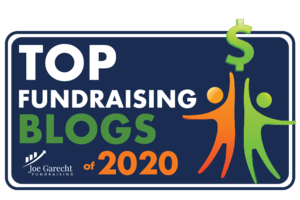Who are the most important planned giving prospects: Men or Women?
Over the years, I’ve talked with planned giving professionals who believe men are the best prospects because they are usually the primary money earners in most families and control family wealth. I’ve talked to others who have argued that women are the best prospects because they tend to outlive their husbands and, therefore, it is their will that will ultimately control most or all of a family’s assets.
So, who’s right?
I explore this issue in the Spring/Summer 2011 issue of Planned Giving Tomorrow, published by PlannedGiving.Com.
Generally speaking, men and women are just as likely to make a bequest commitment, according to Russell N. James, III, PhD of Texas Tech. However, women are more likely to make a bequest commitment to environmental, health, human service, and religious organizations, according to Giving USA. Men are more likely to leave a bequest to education or public/society benefit organizations. Both women and men are equally likely to leave a bequest to arts and international affairs groups.
According to researchers at Harvard Med, women outlive men by about 4.5 years on average, though the gap is shrinking. That means surviving wives’ wills very often control most, if not all, of how a family’s wealth will be distributed
According to Margaret May Damen, President and Founder of The Institute for Women and Wealth, women make 84 percent of all philanthropic decisions. Among the Boom generation and those younger, women are often earning strong salaries and controlling or influencing how family wealth is invested.
In my book Donor-Centered Planned Gift Marketing, for which I won the AFP-Skystone Prize for Research in Fundraising and Philanthropy, I share the following information from a Fidelity Charitable Gift Fund study:
- High-income women (those with an annual household income of $150,000 or more) demonstrate a high-level of sophistication in their giving by seeking expert advice.
- High-income women are more likely to use innovative giving vehicles such as donor-advised funds and charitable remainder trusts. 16 percent of high-income women have or use a donor-advised fund, charitable remainder trust, or private foundation, versus 10 percent of high income men.
- In 2008, 7 percent of high-income women made charitable gifts using securities, versus 3 percent of high-income men.
While both men and women make solid planned giving prospects, the simple fact is that nonprofit organizations ignore female prospects, or the wives of their male prospects, at their own peril. Over time, as women continue to earn more money and own more businesses, their importance as planned giving prospects will only become greater.
That’s what Michael Rosen Says… What do you say?









